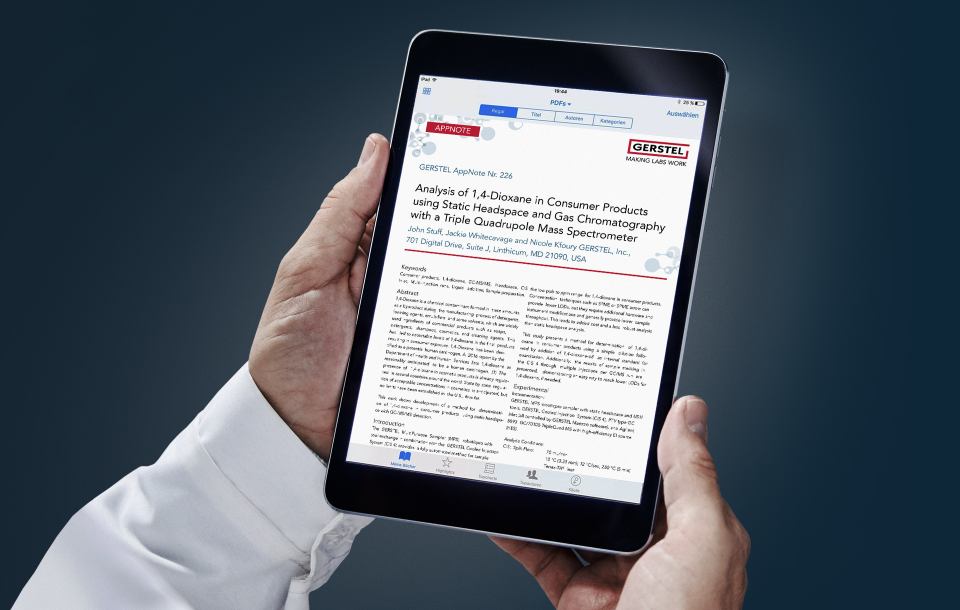Plastics have become a major source of pollution due to their ubiquitous use in a wide array of products. Most plastics are not readily biodegradable and can wind up as litter or are simply disposed of in landfi lls. It is estimated that only 9% of the plastic in the US is recycled [1]. Plastics discarded into the environment can be ingested by animals, break down into smaller particles which can also be ingested, or leach other compounds into the environment which can potentially cause damage. Leachates can include plasticizers, fl ame retardants, blowing agents, UV stabilizers, dyes and a host of other compounds added to the polymers.
Inexpensive plastic toys are readily available at many retailers within the US and are often included in children’s meals. Unlike plastic containers, these objects rarely contain a recycle code and are most likely discarded in the trash and wind up in a landfill.
This work will show the identifi cation of a variety of plastics in toys purchased at a local discount store. The GERSTEL pyrolyzer in combination with gas chromatography mass spectrometry was used for the analysis.
